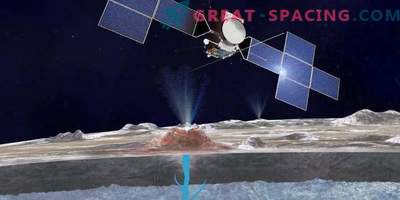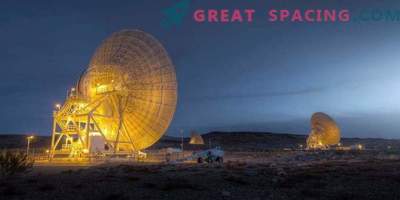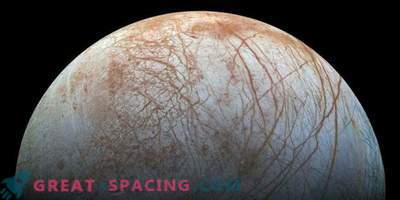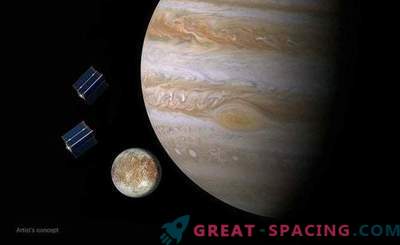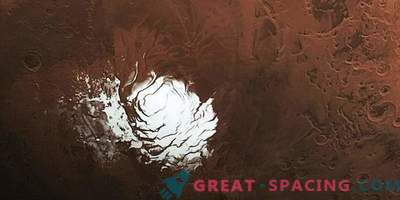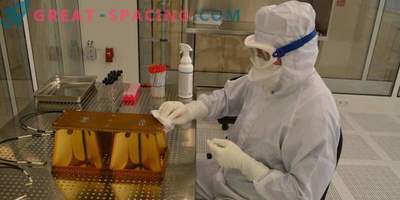
A miniature model of the JUICE spacecraft during electromagnetic tests at the ESA Technical Center (Netherlands). JUICE is the future mission of the European Space Agency to study the most massive planet of the Solar System of Jupiter and its large satellites: Ganymede, Europe and Callisto. Start is scheduled for June 2022. The device should stay on the road for 7 years, using gravitational slingshots from the Earth, Venus, Earth, Mars and again the Earth.
Scientists believe that all three moons have oceans with liquid water beneath their icy crusts. The RIME instrument on the ship JUICE will be used to probe subsurface structures. Radar signals emitted by a 16-meter antenna will penetrate the icy surfaces of satellites to a depth of 9 km. RIME will be the first tool capable of performing direct subsurface measurements of worlds in an external solar system. With it, you will get key clues about the potential of satellites for the presence of habitable environment.
In space, certain factors influence the functionality of the instrument, including the antenna pattern. In order to evaluate these effects, in September 2018, they conducted a series of tests on a spacecraft model with parameters of 1:18 (the antenna was reduced to 80 cm).
